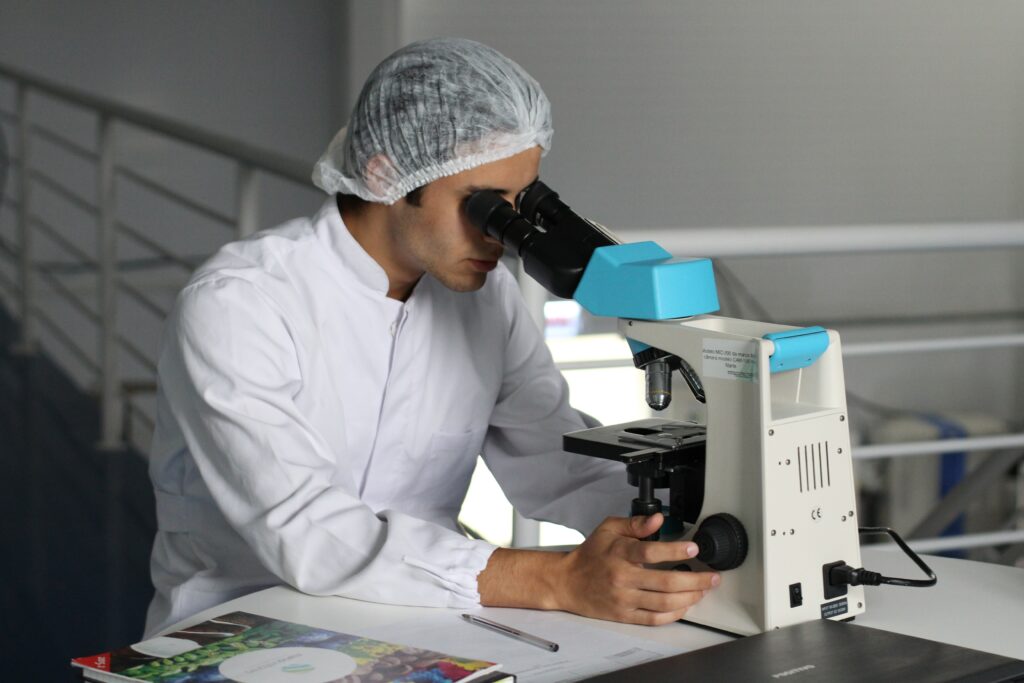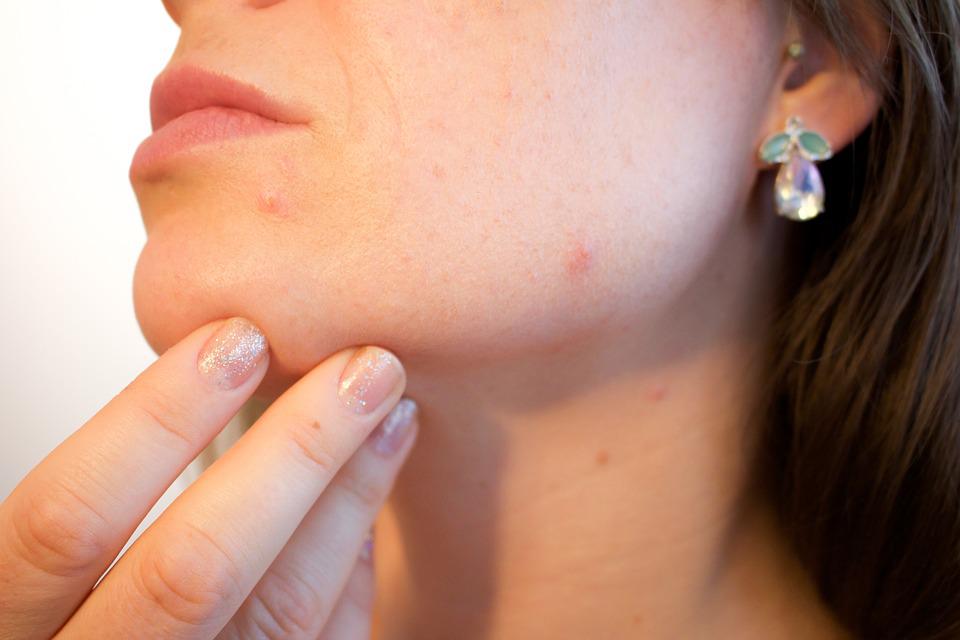
- Hypothyroidism in women
When the thyroid gland is hypoactive due to congenital malformation, surgical removal (total or partial), or inability of the gland to produce sufficient thyroid hormones, the patient is described as hypothyroid. One of the most common causes of hypothyroidism in women is an autoimmune disease called Hashimoto’s thyroiditis, in which antibodies gradually attack the thyroid and destroy its ability to produce thyroid hormones.
Worldwide, the prevalence of Hashimoto’s thyroiditis is 1%, but subclinical hypothyroidism affects 4% of the population. Women make up the vast majority of patients with an 8:1.8 female/male ratio
Risk factors for hypothyroidism
Risk factors include:
Family history: a family member is affected by an autoimmune disease
Age: Hypothyroidism can start at any age but the risk increases with the latter
Sex: Hypothyroidism is more common in women than in men. It is much more common among young women than young men, but as age increases, this difference fades
Ethnicity: Hypothyroidism is common in Caucasians and Asians. Among African Americans, the risk is lower
Presence of other autoimmune disorders
Down’s syndrome or Turner’s syndrome
The rate of hypothyroidism increases:
during pregnancy
after delivery
around menopause
Symptoms of hypothyroidism in women
Symptoms of hypothyroidism in women tend to develop slowly, often over several years. They include the following events:
Skin dryness and itching
Hair thick and dry
Alopecia
Light weight gain and difficulties to lose weight
Cognitive slowdown, memory loss
Fatigue
Muscle cramps and joint pain more frequent and severe than usual
Swollen face
More severe and/or frequent menstruation
Goitre (swelling of the throat caused by hypertrophy of the thyroid)
Slow heart rate
Slight increase in blood pressure
Increase in cholesterol level

